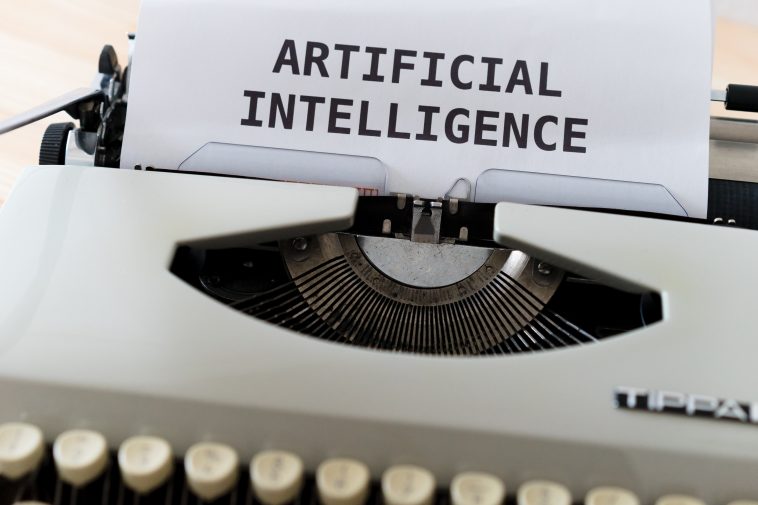Believe it or not, a silent transformation is taking place within the walls of your data center. Amidst the buzzing servers and tangled cables, this subtle yet significant shift is driven by none other than artificial intelligence (AI). The new age of computing is characterized by AI data centers that prioritize innovation, efficiency, and sustainability.
As businesses endeavor to keep pace with technological progress, the urgency to embrace AI and modernize their infrastructure has become increasingly apparent. A report by Allied Market Research indicates that the global AI data center market is projected to reach $90.46 billion by 2027, with a compound annual growth rate (CAGR) of 20.9% from 2020 to 2027.
Across the CEEMETA region, the situation is quite similar. Data centers are witnessing substantial growth, signifying a fundamental change in how organizations handle and leverage extensive volumes of digital information. The integration of AI into data centers goes beyond merely upgrading hardware; it requires a comprehensive approach to both design and operation.
Let’s explore how AI-driven data centers can enable organizations to stay competitive and foster innovation at an unprecedented pace:
- AI-enabled data centers have the capability to analyze and leverage real-time insights.
Organizations today handle vast amounts of data, yet a study by the Dell Innovation Index reveals that 69% of IT decision-makers find it challenging to convert this data into real-time insights. By integrating AI at the edge, businesses can assess data center workloads in real-time, allowing for the dynamic allocation of resources such as computing power, storage, and bandwidth in response to demand fluctuations. This optimization enhances efficiency and results in cost savings by ensuring effective resource utilization and minimizing excess capacity.
- Predicting and Preventing Performance Bottlenecks and Failures
AI can foresee performance bottlenecks before they arise, enabling data center operators to proactively address issues and prevent downtime.
This predictive capability allows operators to implement solutions before they escalate into significant problems. Consequently, companies can maintain consistent performance levels, providing reliable and high-quality services to their customers while reducing downtime and associated costs.
- Advancing Future-Ready, Sustainable, and Energy-Efficient Enterprises
AI workloads can be energy-intensive, and recent reports have raised concerns about the increasing energy demands of AI data centers in the future.
However, energy-efficient technology has made remarkable progress over the last decade. For instance, what required six servers in 2013 can now be managed by just one. Sustainable data center solutions, including storage and servers, are now equipped with various cooling options, such as liquid and air cooling, emissions tracking, and management software.
For example, Dell PowerEdge servers are designed with sustainability in mind, providing customers with a threefold performance improvement. This design enables customers to better manage their efficiency and cooling objectives, monitor carbon emissions, and set power caps up to 82% faster to limit overall energy consumption. This approach facilitates successful business transformation while promoting sustainability and energy efficiency across the enterprise.
- AI can safeguard your data through intelligent, real-time detection tools and rapid recovery times.
Cybersecurity remains a significant challenge for organizations, and these concerns are justified, as 93% of participants in the Dell Technologies Innovation Catalyst Research report have experienced a security attack in the past year.
A substantial 98% of organizations are adopting a Zero Trust deployment strategy to shield themselves from increasingly complex and persistent cyber threats. AI enhances Zero Trust security models by continuously analyzing vast amounts of data to detect and respond to security threats in real-time.
It can more effectively identify anomalies, suspicious activities, and potential breaches compared to traditional methods, ensuring that only authorized users have access to critical data. As we transition into the GenAI era, the interplay between AI and cybersecurity will continue to evolve symbiotically.
- AI-driven automation can reduce human errors and enhance team productivity. By streamlining data center operations, AI minimizes the need for manual intervention and decreases the likelihood of human mistakes. Automating routine tasks such as provisioning, monitoring, and maintenance allows companies to cut operational costs related to labor, training, and overhead. This results in significant cost savings and frees up valuable team time to concentrate on more strategic initiatives.
AI is not merely a buzzword; it is a transformative force reshaping how we process and manage data. As the landscape evolves, now is the opportune moment to implement strategies that embrace these innovative technologies to create positive impacts for businesses, the environment, and society





